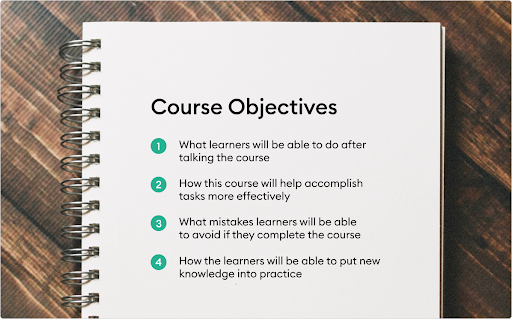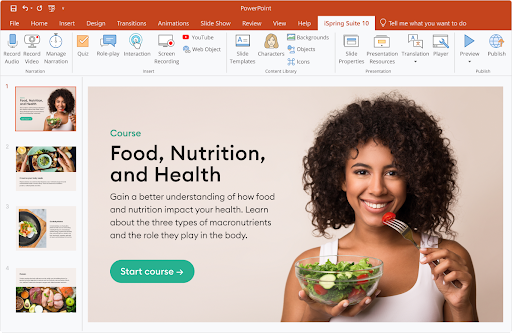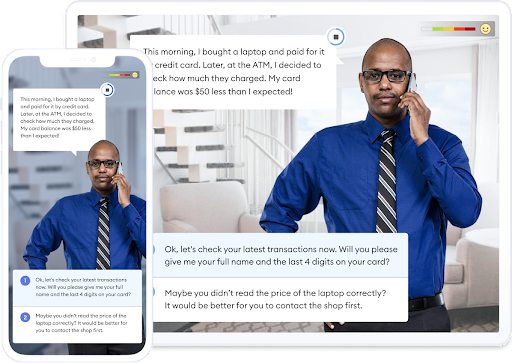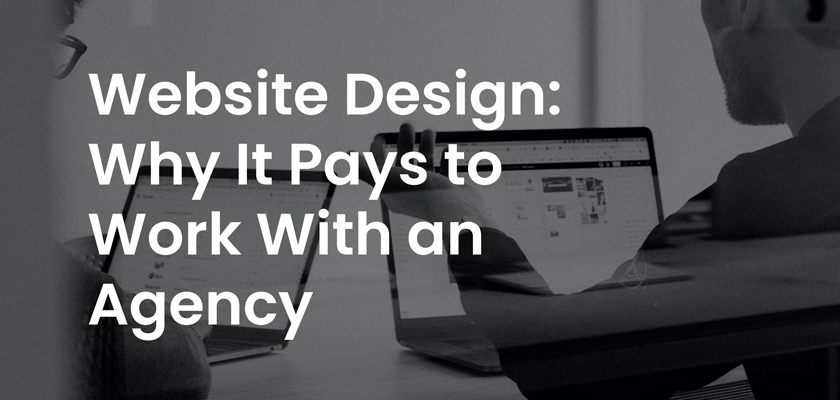The Top 5 Freelance Instructional Designer Skills
An instructional designer is someone who crafts eLearning to help organizations train employees and improve business performance. This profession is becoming increasingly popular and transcends industries. Being an ID, you don’t necessarily need to be employed by a particular...

An instructional designer is someone who crafts eLearning to help organizations train employees and improve business performance. This profession is becoming increasingly popular and transcends industries. Being an ID, you don’t necessarily need to be employed by a particular company, college, or training center, or double as a training specialist.
Freelance ID: How It Differs from a Full-Time Job
Being a freelancer, you are more independent and can have a potentially higher income. However, you face instability and sometimes have to take on extra tasks. As for your competence, a freelance job by no means does still require a theoretical background (e.g., knowledge of instructional design models and adult learning theories) and should be backed up by creativity and tech proficiency. But the choice of a project and time and place for work depends only on you, and this implies the necessity of a particular set of skills.
If you want to pursue an independent career in ID, you need to equip yourself with those skills that will help you stand out from the crowd. Let’s go through the five skills of a freelance instructional designer now.
Research Skills
ID is a learning profession and requires a great deal of reading, learning, and exploring from the course creators. If you’re a freelancer, there will be no established scope of topics as there would have been at a full-time workplace. Most of your projects will probably be in areas that you’re not familiar with and don’t have any background in.
For example, you may get an order from a healthcare company on one day, and get an offer from an airline training center on another day. Will you be able to catch up on things? So, any freelance instructional designer should be ready to research, spend time reading, and interview people.
Another point is that you need to be able to get into the context of work and identify the need for training and the rationale behind the request. That makes you a bit of an investigator who can ask targeted questions, test hypotheses, and draw conclusions.
Learner-Centric Mindset
When you conducted research and gained insight into the course topic from subject matter experts (SMEs), your job is only halfway done. SMEs may want to flood learners with information, but you need to take the side of your audience and deliver content in a comprehensible, accessible manner. For a start, it’s best to develop the skill of putting complex concepts into simple words and showing, as opposed to telling.

Learning-centric mindset is one of the core instructional designer skills. Being learner centric implies a strong determination to generate content that will address learning objectives and (attention!) will be convenient to study. Just imagine that you created a course to be viewed on a desktop computer, but your learners used smartphones to access it and it displayed entirely differently. If you don’t pay attention to these ‘small’ details about your learners into account, they will jeopardize your work.
Communication and Networking Skills
Communication is still, or more than ever, a key to a vast client base and mutually beneficial relationships with industry peers. Below are a few pieces of advice on how to learn ‘the rules of the game’ quicker and establish contacts more effectively.
Personal branding
For a start, it’s critical to develop your virtual presence and establish communication with clients and colleagues online. The best way to do so is through your profile on LinkedIn. Make sure you filled your portfolio on the site, mentioned all your accomplishments thus far, and got endorsements from your peers that present you as a promising and reliable contractor.
Networking
Don’t let the imposter syndrome stop you from breaking into the industry. Also, don’t be afraid to approach people on LinkedIn. ID community is very welcoming here, and people are eager to chat, discuss, and make connections. Plus, you may find decision-makers among ID community members and eventually get hired by them. Meet these people in person at industry conferences, workshops, and meetups, where you’ll have a chance to expand your network and get exposure.
Working with stakeholders and clients
For a freelance instructional designer, going out and meeting with clients is also a part of the deal. Plus, most of your projects will require collaboration with a variety of people. You’ll need to meet leaders, get buy-in from managers, and need to be able to talk to both about training needs. A small tip: talking to people for whom you create training (e.g., salespeople) and getting their perspective will only benefit your course.
Project Management Skills
Being a freelance ID, you run your own one-person business, so you’ll need to use all of your time management skills and organizational abilities to keep the lights on. You’ll be in charge of content creation in a project that involves various stakeholders, has a budget, and certain frames of implementation. To manage it more effectively, try to create a project timeline and track each stage of work rigorously.
It’s not necessary to purchase some extra project management software – for you, as a single contractor, Google Sheets will be sufficient. Here you can document everything, fill in every little detail that’s critical for your project, and maintain focus on expected deliverables. When you boost your project management skills, it will certainly be easier to have a lot on your plate and get the project back on track if something goes wrong.
Rapid Content Authoring
Your creativity and mastery help you produce standouts and build an impressive instructional design portfolio. However, as we can see from the examples above, the freelance ID job seems to be rather down-to-earth most of the time. You might face budget constraints from your counterparts, need to meet tight deadlines, or have several projects in the works simultaneously. So, one more skill that you’ve got to boost is rapid authoring.
Luckily, both beginners and pros can hit the ground running with content made just in PowerPoint.

You might want to consider installing an authoring tool that operates based on PowerPoint, like iSpring Suite. If you:
Already use PowerPoint as a primary authoring toolAre only beginning your journey in ID and need to build up your first portfolio Need to accomplish projects to tight deadlines… then iSpring Suite will be an ideal tool for you to create professional-looking courses without involving some complex authoring solutions.
iSpring Suite is an authoring toolkit that allows you to build interactive eLearning content quickly and easily. All the work happens in PowerPoint, which makes it intuitive. You can keep creating courses like you would usually create slides, but add interactive quizzes, record video and audio narrations, and build role-plays with branching.
iSpring Suite enables you to create any type of eLearning content in record time, which is super important when you ‘need it yesterday.’ Plus, it won’t matter how supercharged your hardware is – all you need is any version of PowerPoint starting from the 2007 edition. You won’t even need dedicated video or audio editing software, because iSpring Suite has an integrated video studio for any type of recording.

If you prefer to put complex effects, triggers, and animations on your slides, iSpring Suite keeps them intact when converting to SCORM, HTML5, or other eLearning formats. Everything will look neat and just as you planned on any device.

That’s how iSpring Suite can help you with rapid content creation and will let you focus on other important skills for a freelance instructional designer. If you’re only starting your journey in ID, just remember that, if applied right, these skills will help you offset the temporary lack of strong tech skills. We wish you good luck with your freelance eLearning projects!

 MikeTyes
MikeTyes 








![8 Data-Backed Recommendations for Social Media Marketers in 2022 [Insights from 300+ Professionals]](https://blog.hubspot.com/hubfs/a%20consumer%20looks%20at%20a%20social%20media%20marketing%20campaign%20on%20their%20smartphone.jpg#keepProtocol)

.jpg)




















